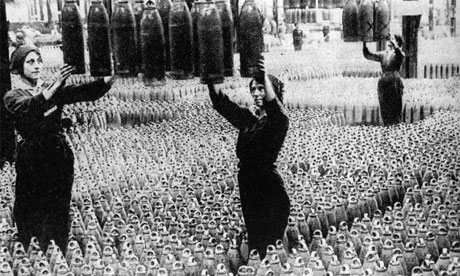__
The war was a dramatic turn of events, and so reflecting this was the dramatic change of mood that came with the end of the war - years of sadness, hopelessness and struggle suddenly turned to hope and the want to live life to the full; people were finally beginning to look forward.
(Source: zazzle.com) 'Afternoon Play' by George Barbier - I really enjoy looking at his work because I think it captures the nature of the entire decade so well - everyone seems so free and content in his images. It's quite a simplistic style of drawing but with a modern feel, as everyone was looking forward to new and exciting things.
(Source: weheartit.com) 'The Fireworks' by George Barbier - he often depicted different types of couples in love, such as the sporty types (below) or the socialites (above). It reflected upon the positive feelings of the 20's and the love people were sharing after the devastation of the war.
(Source: pinterest) 'Lovers in the Snow' by George Barbier.
People wanted to feel young again in this new time, and designers and artists were picking up on that, so they found new ways of making art, freer clothes and leisure spaces and in general the world was creating a new way of living with new attitudes and values.
(Source: V&A) One of Victor Steibel's fashion designs - the silhouette has become more slick and streamlined, with futuristic design detailing such as the collar, and the free nature of the 20's is shown in the baring of flesh.
Everything became casual - a world away from the tight-lipped, corseted ways of the previous decades. Clothes and manners lost their formality, and people were finding and revelling in their own freedom; young people lived away from their parents, everyone was relaxing, showing off and having fun in a carefree way.
(Source: hairarchives.com)

(Source: tvtropes.org) Early versions of the flapper girls
Women were beginning to embrace this new sense of independence brought to them by the end of the war - they did what they wanted when they wanted without the rules of society or a man, as they would've in previous years. They would go to parties on their own, smoke in public, wear revealing clothes (hemlines had shot up), and embraced a whole new look - whilst before the hair was many curls piled high on the head, girls were now chopping away their locks and emphasising their natural beauty with makeup like never before! This trend skyrocketed and became the 'Flapper Girl' look and lifestyle - the dictionary definitive of a flapper is "A young woman, especially one in the 1920s, who showed disdain for conventional dress and behavior." They were free, independent and the new definition of beautiful.






